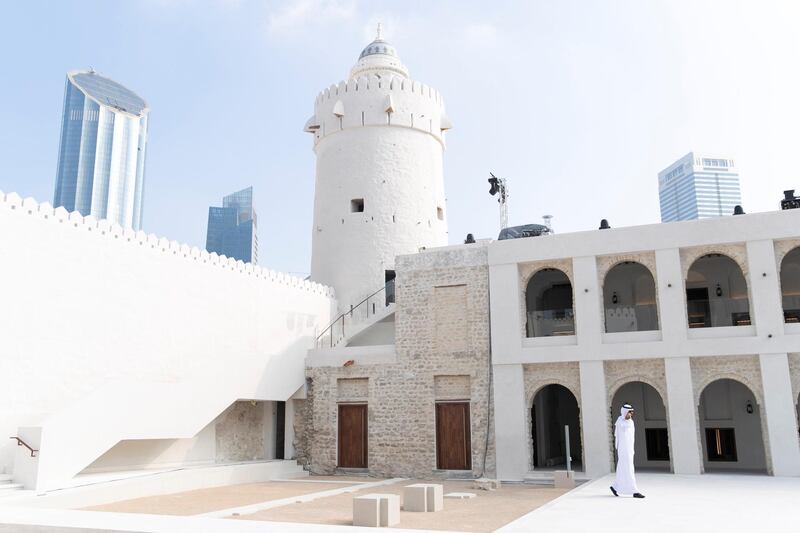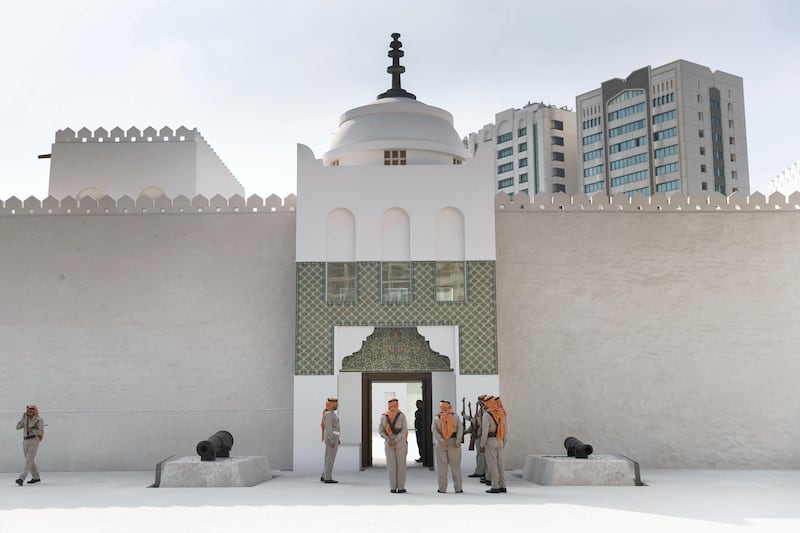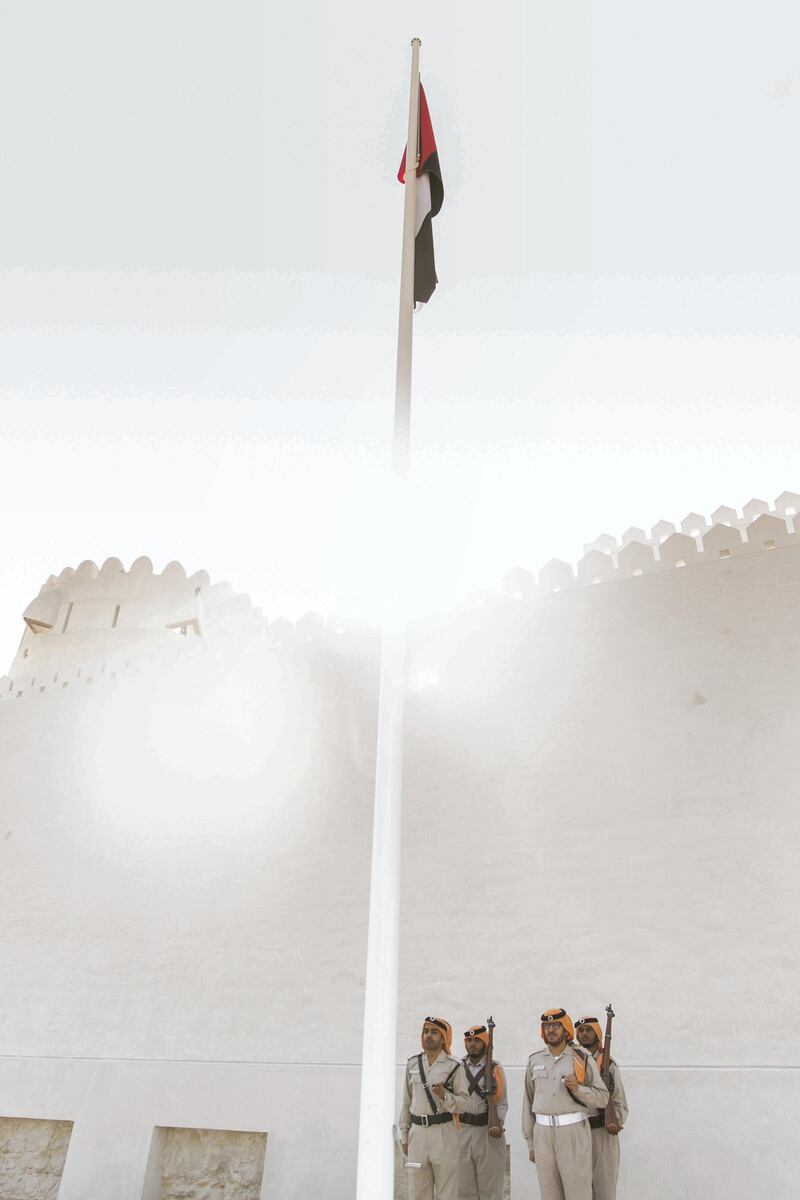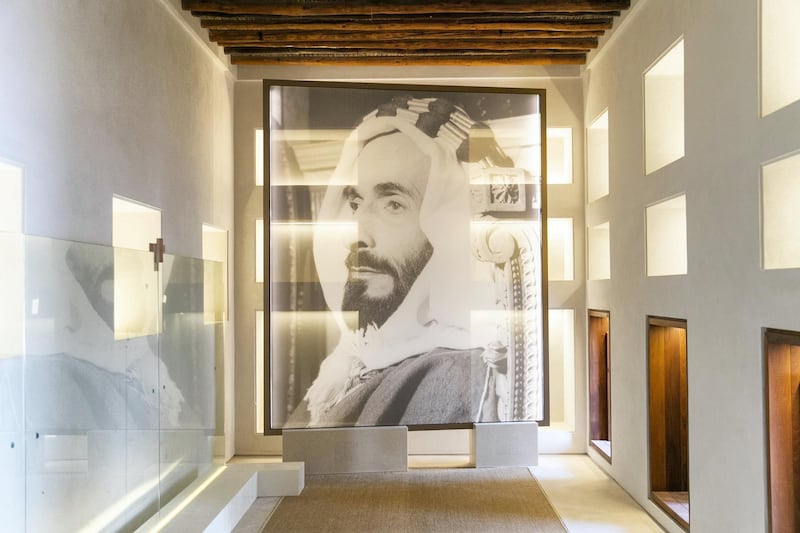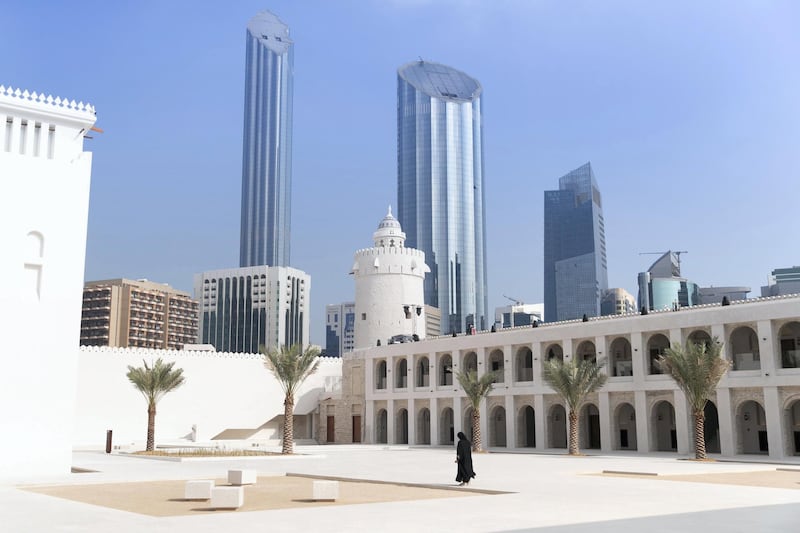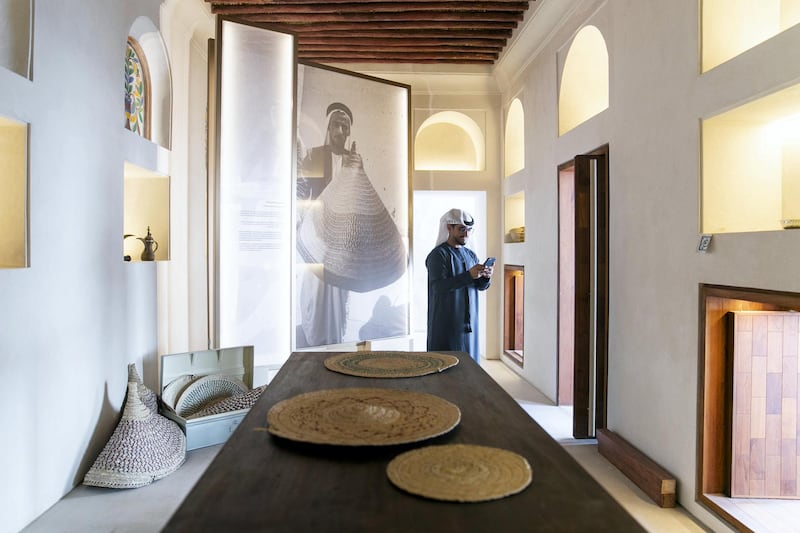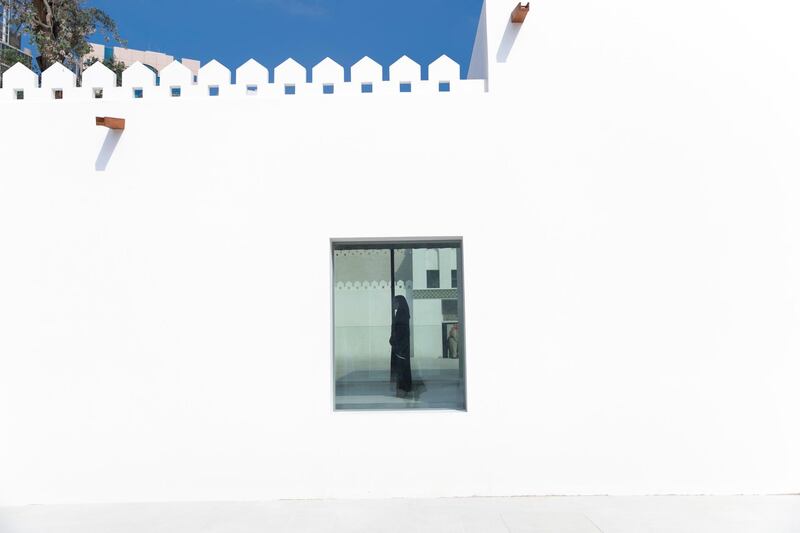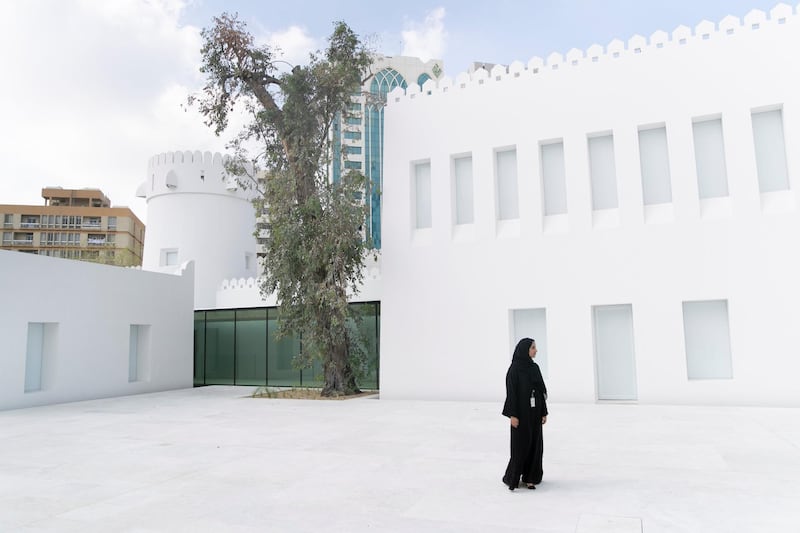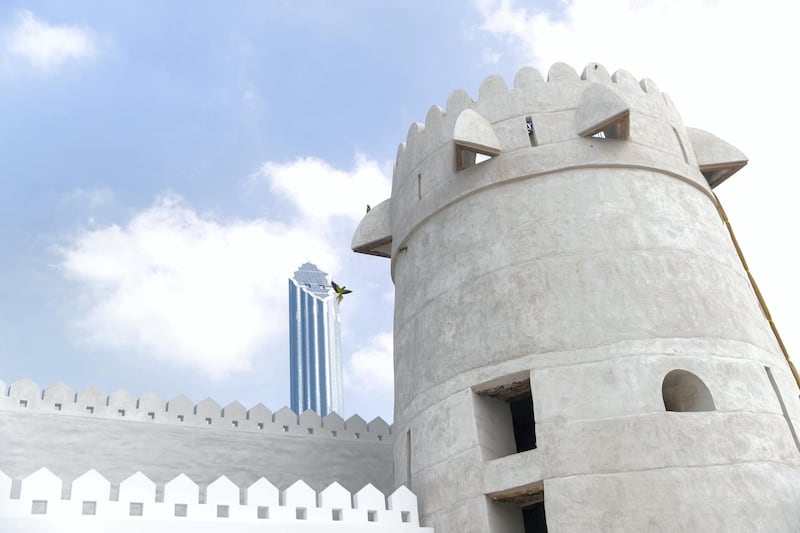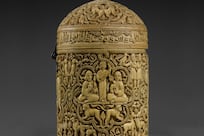Qasr Al Hosn opens to the public this weekend with a full line-up of celebrations. Extended opening hours will allow access to the site’s three main components, in addition to musical acts and food options throughout the revamped city block.
It will be open from Sunday to Thursday from 10am to 10pm and on the weekends from 10am to 11pm.
The area is open on all sides to pedestrians, embedding it in the urban footprint of the city. Although new developments have drawn attention away from Abu Dhabi island, the traditional heart of the city, Qasr Al Hosn’s reopening is a reminder of a time – not so long ago – when there was no Saadiyat, no Yas, nor Raha Beach or Khalifa City.
For recent arrivals, it is the site of the immensely popular Qasr Al Hosn festival, an 11-day programme with heritage activities and performances.
For longer-term residents, it was the Cultural Foundation, which was the centre of the capital's social, artistic and literary life. And for those even longer in the country, it was an important historical site where the charter for the federation of the Emirates was signed, and where Sheikh Shakbout presided from.
What will you find there now
The new Qasr Al Hosn aims to bring all these earlier incarnations together. There will be heritage activities in the House of Artisans, a reopened Cultural Foundation and a new museum telling the history of the Bani Yas confederation of tribes, the Al Nahyan family and the rise of modern Abu Dhabi.
Reconstructions include the bedrooms the ruling family would have slept in, and the men's and women's majlis. There is an emphasis on showing the crucial role that women played in Emirati society since its beginnings, a fact that Mohamed Al Mubarak, chairman of DCT, underlined. "They protected the fort side by side with men," he said.
"It's a big misconception in the West. The idea of a woman not being an equal companion with her husband or her male counterpart is a complete falsehood. The reality speaks in its history."

The House of Artisans will offer workshops and demonstrations of traditional Emirati crafts, such as Tali embroidery and Al Sadu weaving. It also boasts the first Bait Al Gahwa, where visitors can experience the tradition of Arabic coffee, and a rather fine gift shop for those looking for holiday buys.
The auditorium, in a twist (no pun intended), is revolving, so it can accommodate different crowds. It hosts a variety of musical events for the week, with most of them at 6.30pm and 8.30pm. Highlights are the Souad Massi Trio on Friday, December 7 at 8.30pm, Naseer Shamma and the Global Ensemble on Thursday, December 13 at 8.30pm and the Chehade Brothers on Friday, December 14 at 8.30pm.

The Cultural Foundation will open with an exhibition of painting and sculpture made by Emirati artists, such as Mohamed Al Mazrouei and Mahmoud Jameel Al Ramahi. The curators of the exhibition, Maya Allison of the NYUAD Art Gallery and Alia Zaal Lootah of Louvre Abu Dhabi, also discovered in their research for the show a connection to Cairo: many early Emirati artists were sent abroad to study.
Though London and New York are well-known as the destinations for cultural exchange, the pair realised that Cairo was actually a more important exchange site in the 1980s and 90s. Their exhibition looks at the influence of this Egyptian connection and sketches out some stylistic traits among the artists who returned.
_____________
Read more
The first glimpse of the newly renovated Qasr Al Hosn, which tells the story of Abu Dhabi
Salama Al Shamsi appointed director of Qasr Al Hosn
Qasr Al Hosn promotional video unveiled by Crown Prince of Abu Dhabi
